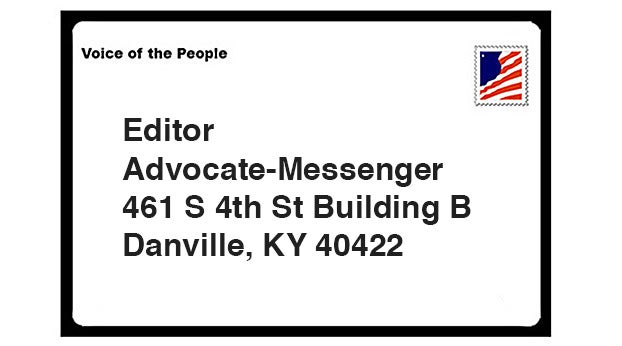0 LET Roberts
Published 4:36 pm Thursday, December 26, 2019
When reflecting on history, many events which are most impactful in retrospect were not only unanticipated but were impossible to predict given the limitations of available knowledge. We look back for example at the Crash of 1929 and deduce a theory of causality, but occurrences like it often come to pass in part because their causes were unmeasurable, unknowable or unthinkable at the time. Our inability to predict the future is fundamental, and what we do not know can be far more important than what we know.
For this reason, the recommendation of an EDP task force to speculatively develop an industrial site is a path fraught with risk, depending on variables outside our knowledge or control to generate a complex chain of positive outcomes for the investment to have a real return.
Using the numbers Mr. Turbyfill offered as a hypothetical, $7.7M of public funds and/or debt would cover the purchase of land plus installation of roads and utilities. Local government is obligated to maintain this infrastructure, regardless of whether the land served by it creates revenue. After development, the site could potentially persist for several years as a non-performing asset until an industrial firm is recruited.
Recruitment is predicated on the continued demand for industrial growth in the United States generally, and also in the specific place of Boyle County where workforce supply and housing are acknowledged challenges. Given that a firm is recruited, revenue (let alone positive ROI) may not be seen for another decade by Mayor Mike Perros’ estimation and will likely be stunted by property and payroll tax incentives customary with this type of transaction.
Would this investment provide a return? It is possible, but our present knowledge offers reasons to be cautious. More fundamentally, accurately projecting our current knowledge decades into the future is beyond our ability.
This is not an argument in favor of inaction or paralysis. On the contrary, it is an argument for investing in areas where 1) positive outcomes are highly probable in the near-term where we have better predictive power, and 2) the resulting asset is resilient and adaptable to the unknown.
Perhaps putting pipes and asphalt in an empty field meets these criteria if a firm is identified, ready and waiting. Otherwise, there is risk of trading our wealth for a liability by planning for the wrong future.
William Roberts
Perryville




